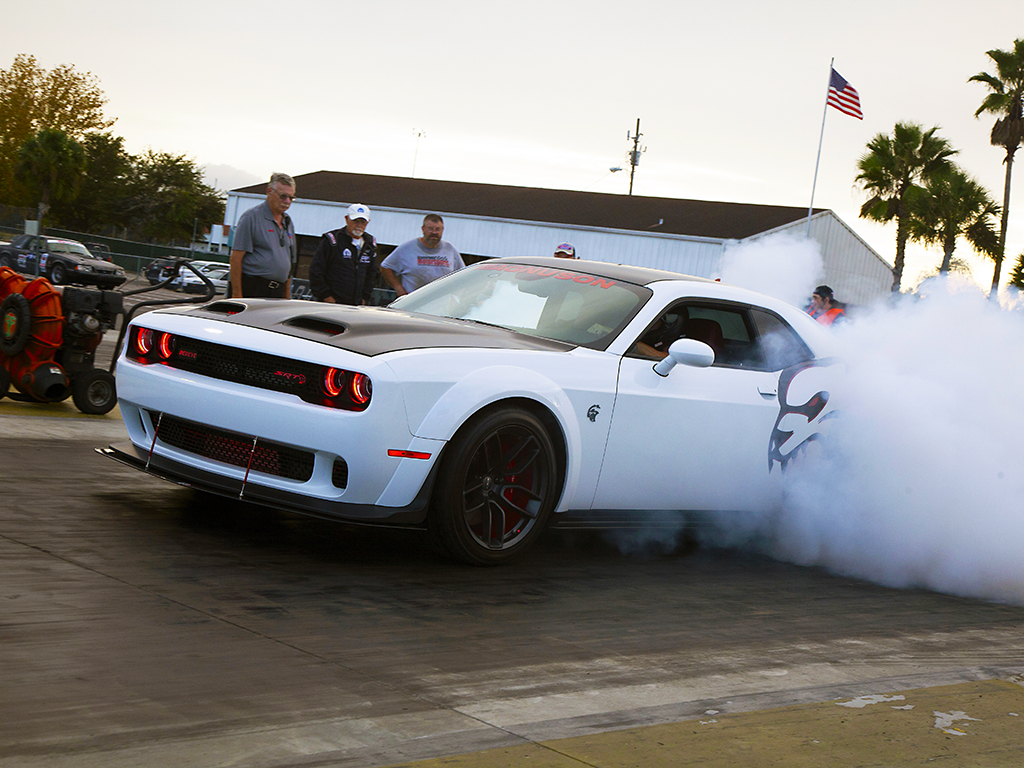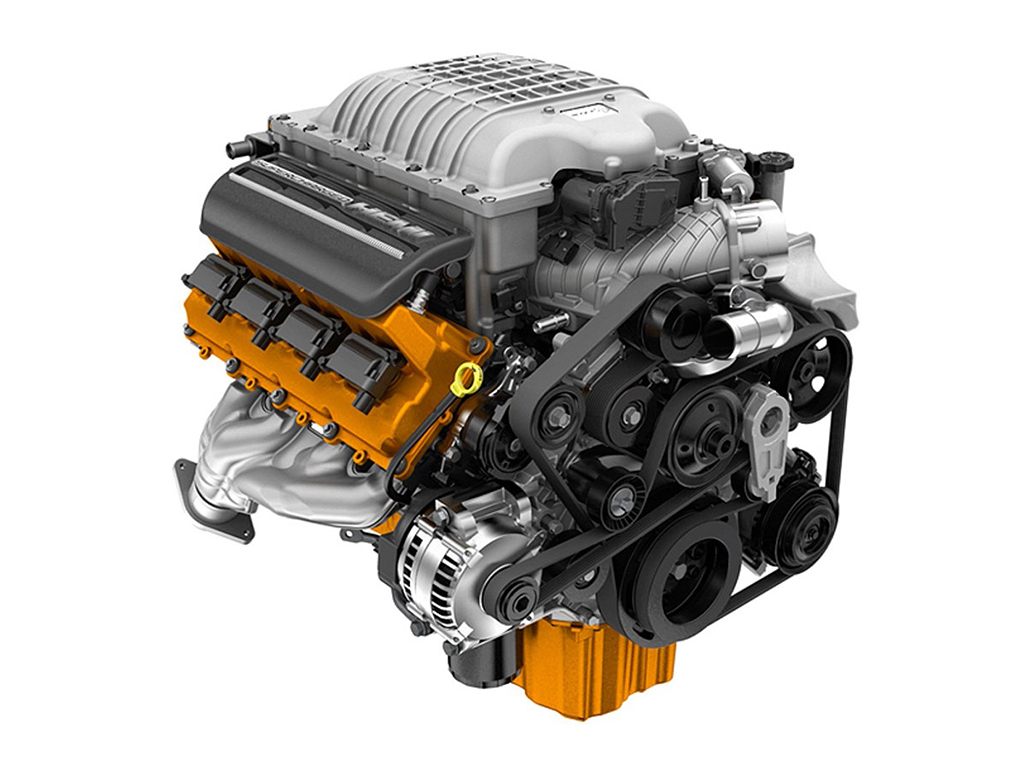The electric vehicle (EV) onslaught has claimed another victim in the factory-built performance world. Dodge recently announced that production of the Hellcat supercharged 6.2L V8 Hemi will end in 2023. The plan is to fill that void with the planned line of eMuscle EVs with performance numbers that are definitely impressive, but without the rumble of a high-horsepower V8 that can be heard before the car is even seen. And that gives us pause to ponder some aspects of this EV push.

ABOVE: Since the first Hellcat version came out, Dodge has installed the supercharged Hemi V8 in the Challenger, Charger, and Durango SUV. Some of the most powerful factory-built vehicles to ever leave the Dodge factory, they’ve been attention getters for the line since first introduced in 2015. But Dodge has announced Hellcat production will end in 2023, to be replaced with its eMuslce electric muscle car vehicles in 2024.
When it comes to measured performance, there really is no denying EVs pack a pretty big wallop thanks to the instant torque an electric motor system can provide to the wheels. This is why you’re seeing higher-end EVs showing up at dragstrips running elapsed-times in the mid to low 9-second range without any modifications. All the usual performance numbers used to measure and define a typical performance car or truck are there. But compared to a typical modern performance/muscle car with an internal combustion engine, the embodiment of the EV’s performance seems a bit unexciting, even hollow to some extent.

ABOVE: The Dodge Hellcats were designed for those looking to drive something that was an all-out, no limit modern muscle car. Some versions came with a drag pack setup that allowed the owner to adjust/tune the car for running at a dragstrip. Cars that annoucned their presence with a high-horsepower rumbling authority, you have to wonder if any sort of EV muscle car can equal more than just the performance numbers of the Hellcats, but also the experience they offered to anyone behind the wheel or even riding in the passenger seat?
When you hear a current GT500 Mustang, ZL1 Camaro, C8 Corvette or any of the Hellcat-equipped rides from Dodge fire up, there’s something about the rumble of that V8 coming to life that causes your pulse to quicken and a bit of adrenaline to start flowing. Compare that to an EV “starting up” and it’s like leaving a rock concert and going to the library. With an EV you get the cold, sterile feel of technology that seems to numb the senses more than stimulating them. Climb into any of the aforementioned vehicles and even before you turn the key (our push the button these days) you feel something. And when that V8 fires up, the subtle vibration of the vehicle as that internal combustion engine idles with a rumble that gets you excited to put it in gear and go lets the driver feel the meaning of driving excitement.

ABOVE:The supercharged Hellcat 6.2L Hemi V8 has been rated at 702 to 840 horsepower during its time in production. While the performance of all-electric vehicles has proven to be equal to traditional muscle cars with internal combustion engines, will range limitations and the absence of a V8 rumble keep them from offering the same experience as owning a current Hellcat?
There’s no denying we’re being bludgeoned with EV stuff lately. And that bludgeoning seems to be beating the fun, character and personality out of driving. If you’ve ever experienced one of the Hellcat vehicles, it’s one of the most memorable and fun times you’ll have. More horsepower than you’ll ever really need at the command of your right foot, with a roar that announces your presence to the entire world. A man to machine connection and symbiosis that stimulates every sense. Can Dodge build an eMuscle EV that creates that same experience? When it first launched the Hellcat line there was a fair amount of skepticism it would last beyond one or two model years before the insurance companies and lawyers would shut it down. Maybe the same crew can find a way to make a high-performance EV that evokes the same response and delivers the same experience as a Hellcat-equipped car or truck? We’re skeptical, but am willing to keep an open mind.

